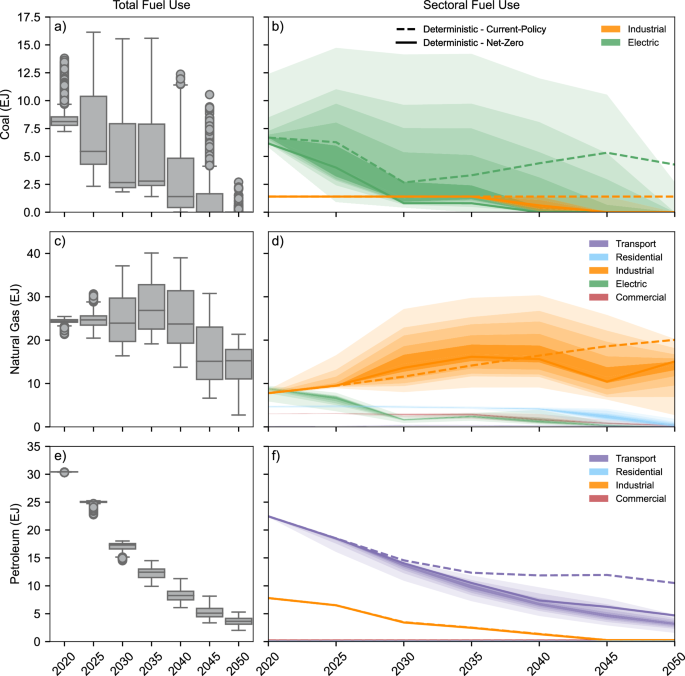2024-09-18 パシフィック・ノースウェスト国立研究所(PNNL)
<関連情報>
- https://www.pnnl.gov/publications/capturing-finer-scale-topographic-differences-improves-model-capability-reproduce
- https://agupubs.onlinelibrary.wiley.com/doi/10.1029/2023MS004064
地形ベースのサブグリッドスキームと大気強制力のダウンスケーリングが米国大陸の地表面プロセスのモデリングに与える影響 Impacts of Topography-Based Subgrid Scheme and Downscaling of Atmospheric Forcing on Modeling Land Surface Processes in the Conterminous US
Teklu K. Tesfa, L. Ruby Leung, Peter E. Thornton, Michael A. Brunke, Zhuoran Duan
Journal of Advances in Modeling Earth Systems Published: 15 August 2024
DOI:https://doi.org/10.1029/2023MS004064

Abstract
The effects of small-scale topography-induced land surface heterogeneity are not well represented in current Earth System Models (ESMs). In this study, a new topography-based subgrid structure referred to as topographic units (TGU) designed to better capture subgrid topographic effects, and methods to downscale atmospheric forcing to the land TGUs have been implemented in the Energy Exascale Earth System Model (E3SM) Land Model (ELM). Effects of the subgrid scheme and downscaling methods on ELM simulated land surface processes are evaluated over the conterminous United States (CONUS). For this purpose, ELM simulations are performed using two configurations without (NoD ELM) and with (D ELM) downscaling, both using TGUs derived for the 0.5-degree grids and the same land surface parameters. Simulations using the two ELM configurations are compared over the CONUS domain, regional levels, and at observational sites (e.g., SNOTEL). The CONUS-level results suggest that D ELM simulates more snowfall and snow water equivalent (SWE), higher runoff, and less ET during spring and summer. Regional-level results suggest more pronounced impacts of downscaling over regions dominated by higher elevation TGUs and regions with maximum precipitation occurring during cool seasons. Results at the SNOTEL sites suggest that D ELM has superior capability of reproducing the observed SWE at 83% of the sites, with more pronounced performance over topographically heterogeneous TGUs with their maximum precipitation occurring during cool seasons. The results highlight the importance of improving representation of small-scale surface heterogeneity in ESMs and motivate future research to understand their effects on land-atmosphere interactions, streamflow, and water resources management over mountainous regions.
Key Points
- A topography-based subgrid scheme and downscaling of atmospheric forcing have been implemented in the E3SM Land Model component
- These new methods have more pronounced effects in high subgrid elevation areas that receive their major precipitation during cool seasons
- The new methods improve model capability to reproduce the observed snow water equivalent at 83% of the SNOTEL sites
Plain Language Summary
Current global Earth System Models (ESMs) used in climate simulation and projection represent the land surface using coarse grids with limited ability to resolve the surface variability within the grid. This study introduced a new subgrid structure and methods to downscale atmospheric variables such as precipitation and temperature from the atmosphere grid to the land subgrid units in the Energy Exascale Earth System Model (E3SM) Land Model (ELM) to improve its ability of representing the effects of topography induced subgrid surface variability on land surface processes. Effects of the new developments on simulations of land surface processes are evaluated using the conterminous United States (CONUS) as a case study. ELM simulations with the new developments generally yield higher snowfall, snow water equivalent and runoff over CONUS. Effects of the new developments are found to be larger over regions dominated by higher elevation landscapes and regions receiving their maximum precipitation during cool seasons. Also, the new developments improved ELM’s ability to reproduce observed snow water equivalent at the SNOTEL sites. The new developments have important implications for streamflow modeling and water resources management dependent on hydrologic processes in mountainous regions.



